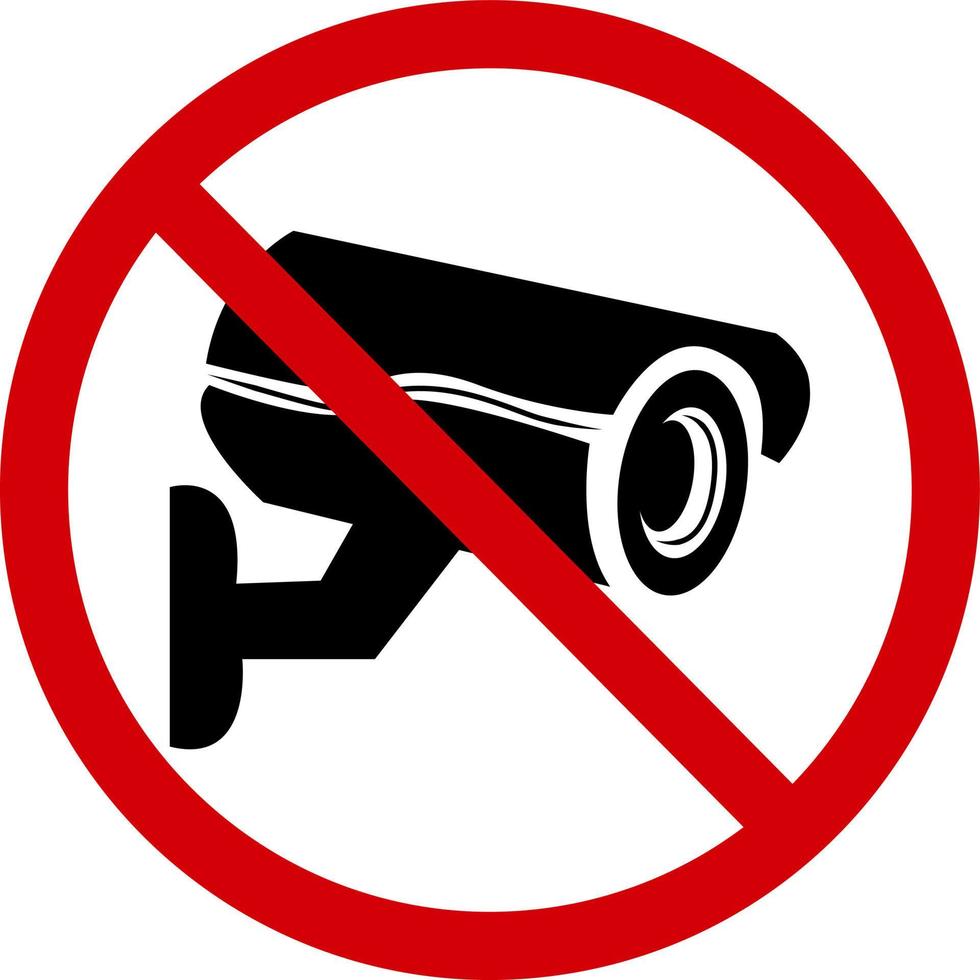

You as a user can not just DDoS someone. Modern connections a way faster and modern network hardware with drop packets that are taking up to much bandwidth.
You know, I thought about responding to this point by point, but I just don’t have the energy.
I’ll just say that I don’t agree, and I think that if you want to go looking, you’ll find that this certainly is a thing.



















I’m sure that there’s a Ruby-on-Rails-based forum package out there.
kagis
Yes.
https://github.com/thredded/thredded